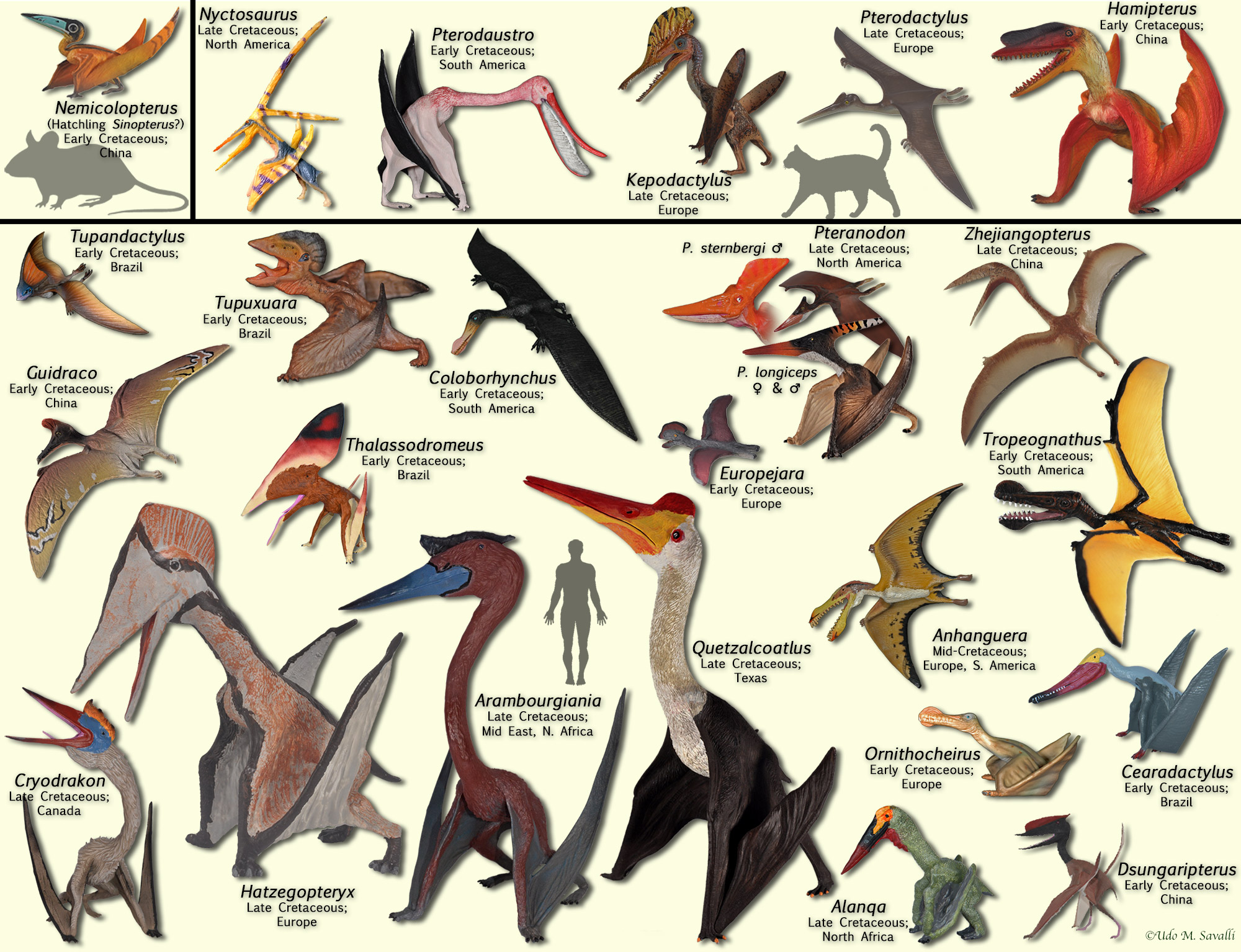
Name Of Flying Dinosaurs Types
Pterodactyl is the common term for the winged reptiles properly called pterosaurs, which belong to the taxonomic order Pterosauria. Scientists typically avoid using the term and concentrate on.
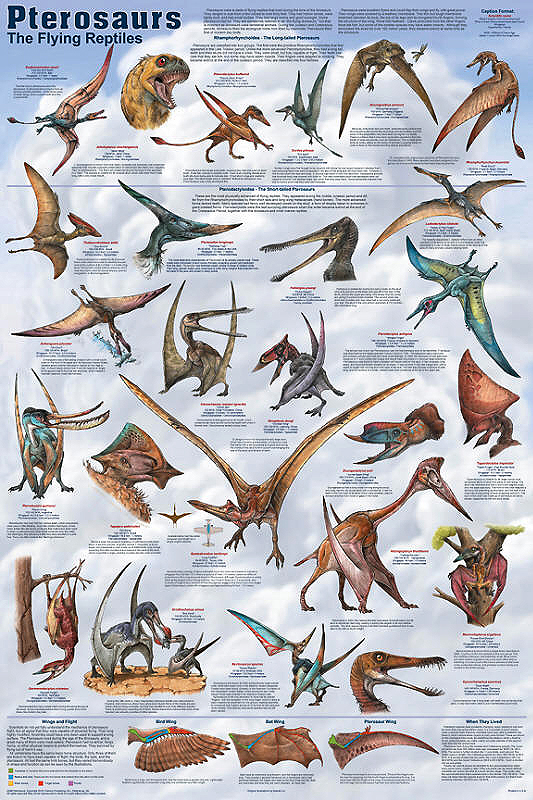
If dinosaurs were more like birds than reptiles, does this mean they
SinoDino. The first specimen of Pterodactylus was discovered in 1784, decades before naturalists had any conception of evolution. The late Jurassic Pterodactylus was characterized by its relatively small size (a wingspan of about three feet and a weight of 10 to 20 pounds), long, narrow beak, and short tail. 02. of 11.
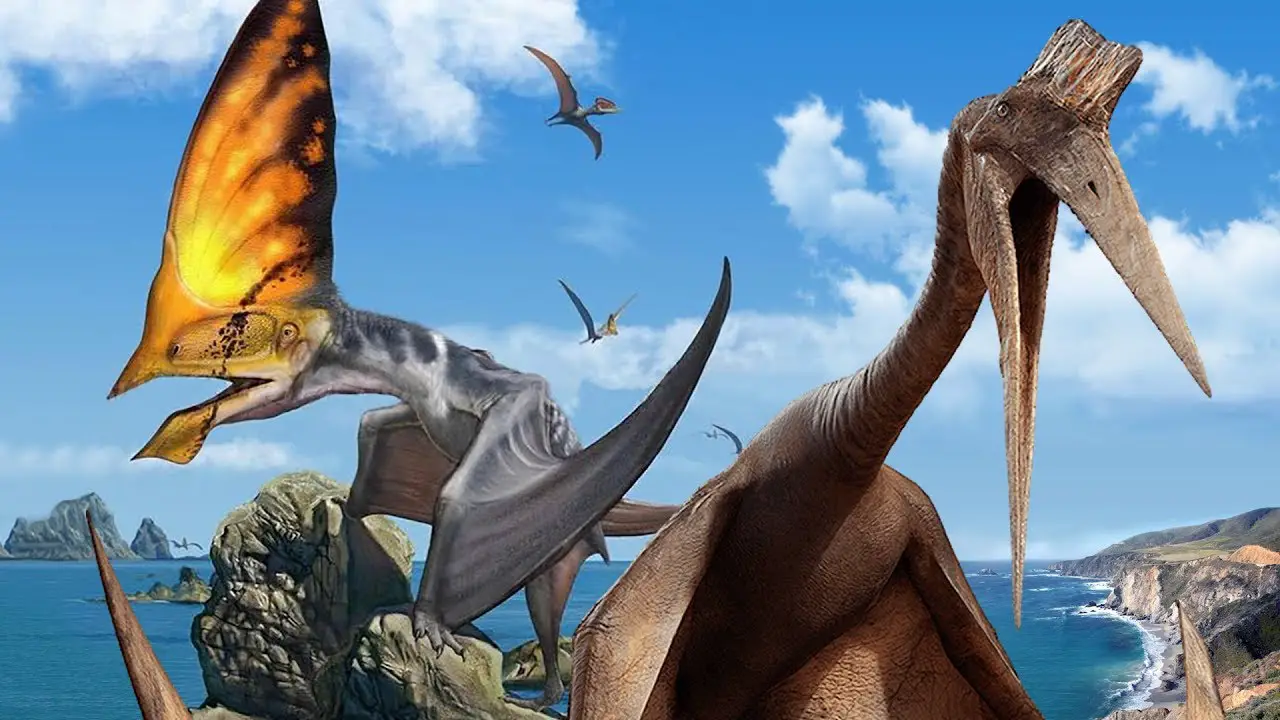
Flying Dinosaur Facts Science Facts
Pteranodon is another well-known flying dinosaur name. Pteranodons were large pterosaurs with wingspans ranging from 5 to 10 meters. They lived during the Late Cretaceous period, about 85 to 70 million years ago. Some of the most well-known species of Pteranodons include: Pteranodon longiceps. Pteranodon sternbergi.

coolest pterosaurs Google Search Dinosaur illustration, Prehistoric
Dimorphodon. Discovered by Richard Owen in England in 1859, the Dimorphodon (meaning " two-form tooth ") was a flying reptile that lived during the early Jurassic period. The Dimorphodon is characterized by wide toothed jaws, short necks, and a bizarre diamond-like flap of skin at the end of its long, thin tail.
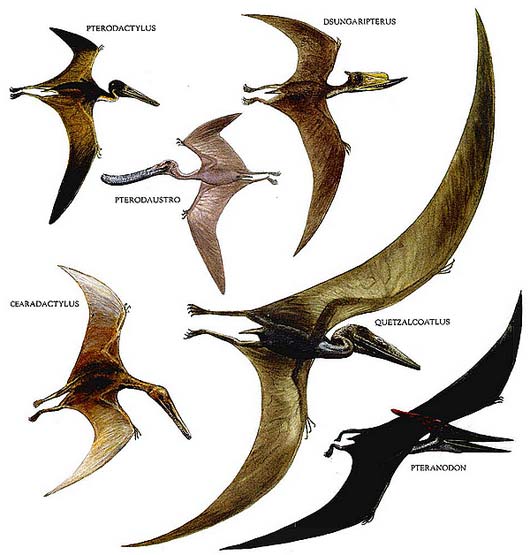
Ancient and Extinct Reptile Types The Dinosaurs Animal Pictures and
This list of pterosaurs is a comprehensive listing of all genera that have ever been included in the order Pterosauria, excluding purely vernacular terms.The list includes all commonly accepted genera, but also genera that are now considered invalid, doubtful (nomen dubium), or were not formally published (nomen nudum), as well as junior synonyms of more established names, and genera that are.
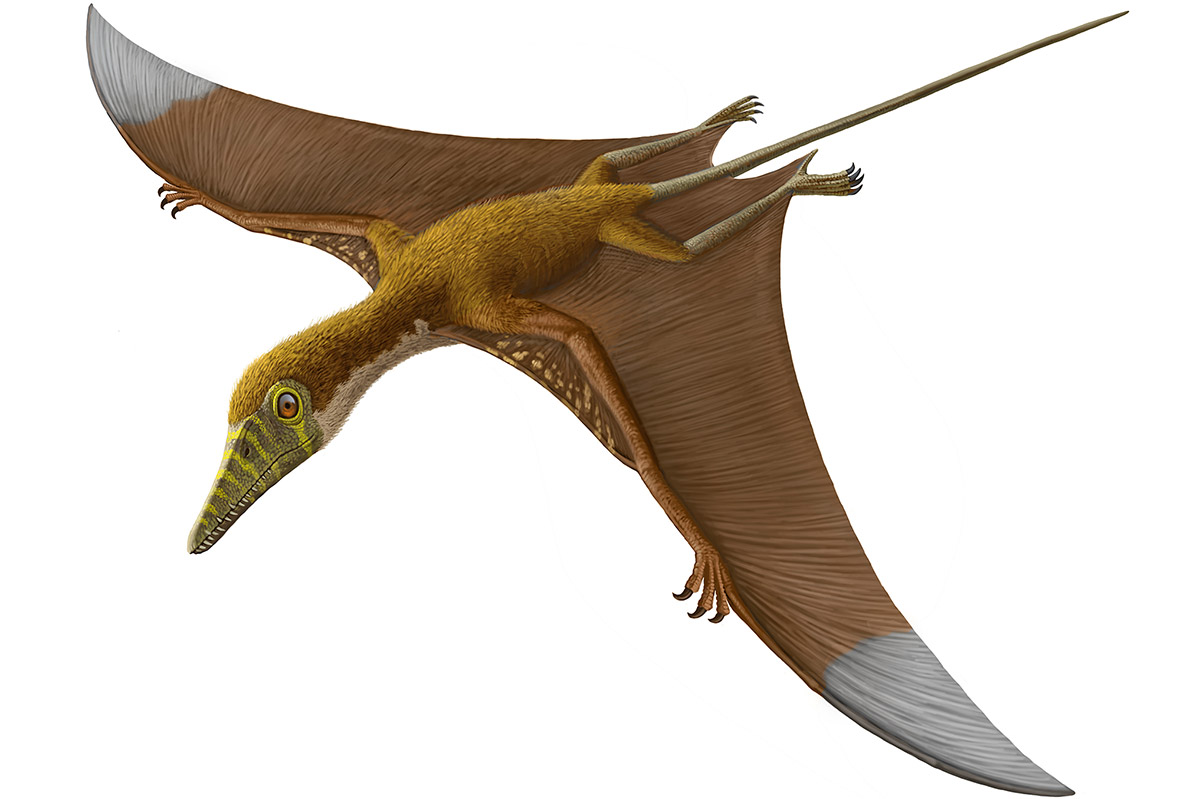
Free Pictures Of Flying Dinosaurs, Download Free Pictures Of Flying
Replica of a lime-impression (limestone slab) from the Jurassic about 150 million years old. flying dinosaur stock pictures, royalty-free photos & images. Primeval Bird. Archaeopteryx marble imprint, fossilized imprint, imprint transitional form (mosaic form), of a theropod dinosaur. Replica of a lime-impression (limestone slab) from the.
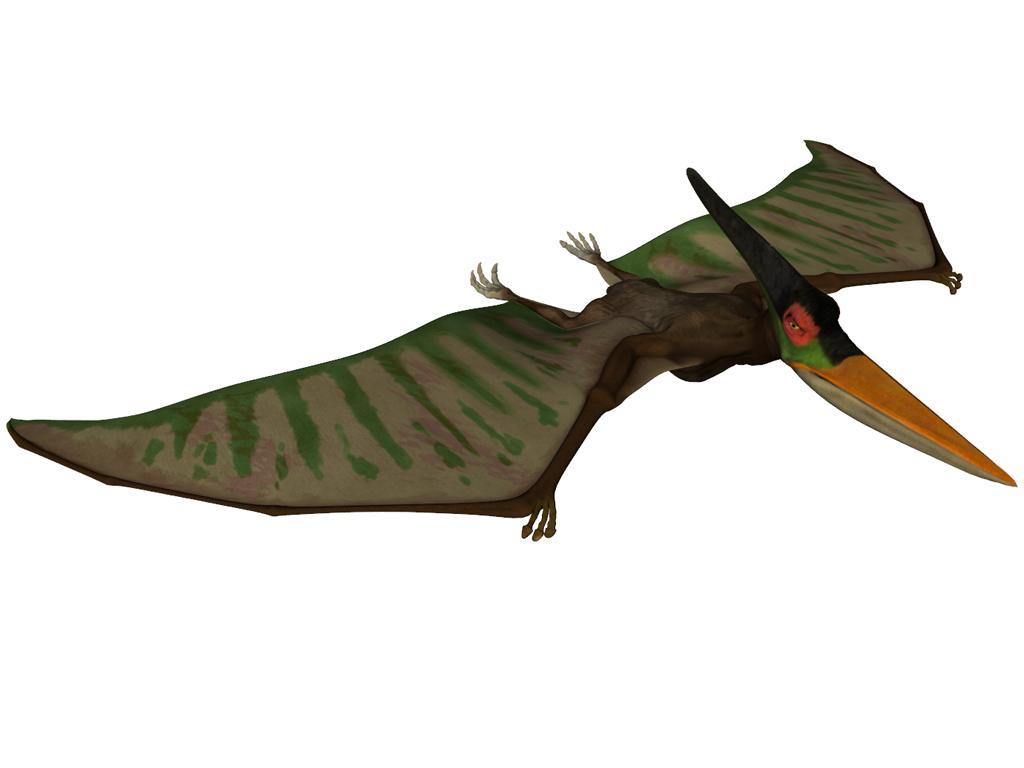
Names of All Flying Dinosaurs Dinosaurs Pictures and Facts
Technically, there were no "flying dinosaurs" as the term "dinosaur" refers to a specific group of reptiles that lived on land and became extinct around 66 million years ago. However, many species of flying reptiles called pterosaurs lived alongside the dinosaurs during the Mesozoic Era. Pterosaurs are often commonly referred to as.

Peteinosaurus zambellii The Good Dinosaur, Dinosaur Art, Dinosaur
Pterodactyls belong to a taxonomic family of reptiles called Pterosaurs. In this family, there are over 130 different genera that lived all over the globe. They not only lived in North and South America, but they also lived all across Europe and Asia. These creatures first appeared about 230 million years ago during the late Triassic Period.

Pin by Navin Sahay on Dinosaurs & Prehistoric animals Prehistoric
Unlike birds, they had wings made of skin, muscle and other tissues which stretched from an enormously long fourth finger to their ankles. They were the first animals to fly apart from insects. Pterosaurs had hollow bones filled with air which were extremly light - like the bones of birds. This would have made them light, helping their flight.

Pterodactyl, Pteranodon & Other Flying 'Dinosaurs' Dinosaur facts
Pteranodon, (genus Pteranodon), flying reptile found as fossils in North American deposits dating from about 90 million to 100 million years ago during the Late Cretaceous Period. Pteranodon had a wingspan of 7 metres (23 feet) or more, and its toothless jaws were very long and pelican-like.. A crest at the back of the skull (a common feature among pterosaurs) may have functioned in species.
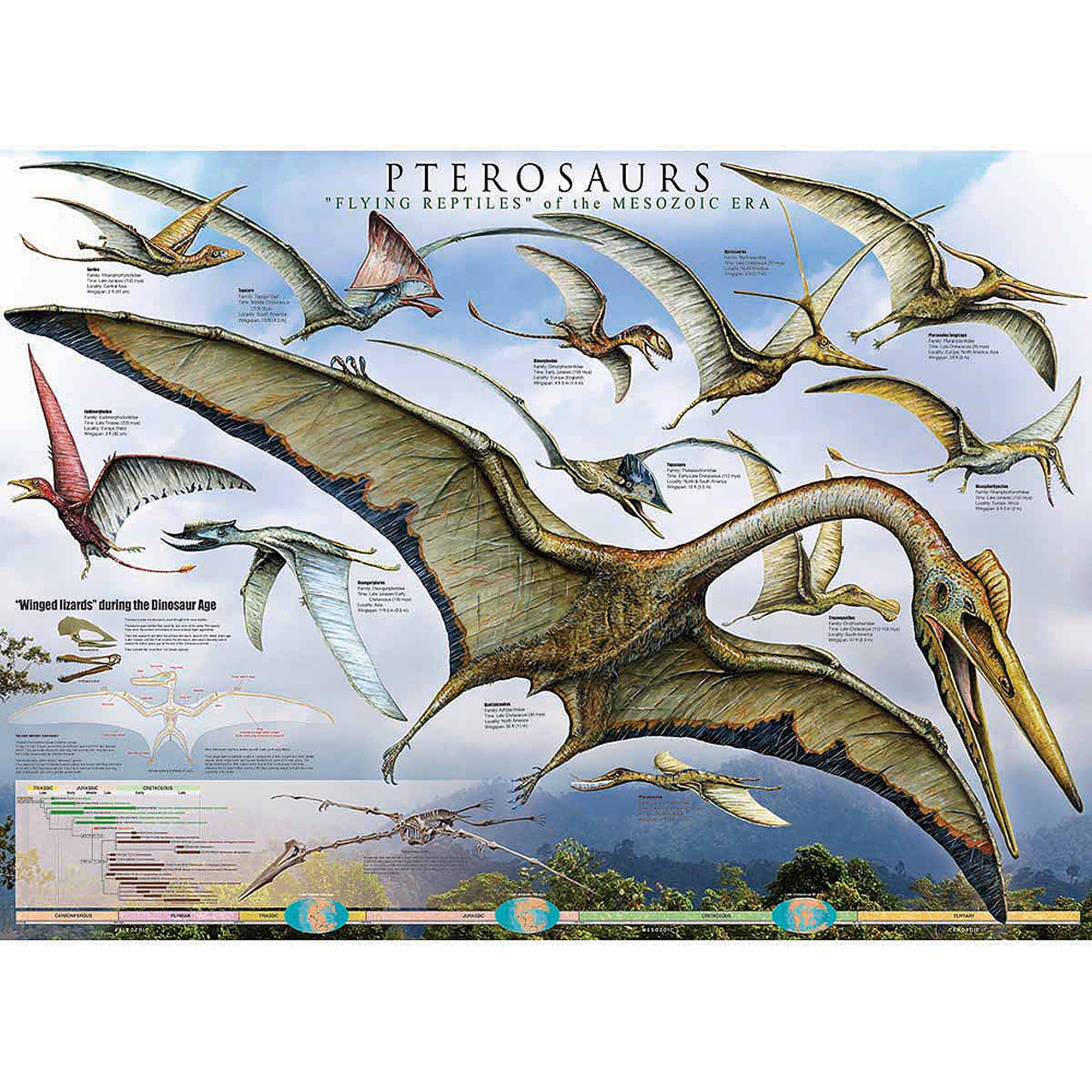
JCC Census What are your favorite kinds of Dinosaurs? Jedi
Browse 1,059 flying dinosaur photos and images available, or search for flying dinosaur on white to find more great photos and pictures. Browse Getty Images' premium collection of high-quality, authentic Flying Dinosaur stock photos, royalty-free images, and pictures. Flying Dinosaur stock photos are available in a variety of sizes and formats.

Pterodactyl, Pteranodon & Other Flying 'Dinosaurs' Dinosaur, Dinosaur
The Tyrannosaurus Rex, often abbreviated as T. rex, is a well-known dinosaur species that has captured the imagination of many due to its impressive size and ferocious reputation. Belonging to the group of theropod dinosaurs, T. rex existed during the late Cretaceous Period, about 68 to 66 million years ago.

Teinurosaurus (meaning "extended tail lizard") is a genus of
A pterodactyl is either: any pterosaur; or more specifically, a member of the pterosaur genus Pterodactylus. Pterosaurs were flying reptiles that appeared in the late Jurassic Period and became extinct at the end of the Cretaceous Period. Pterodactylus was the first pterosaur to be discovered; as a result, the name pterodactyl has become.

Discover The Names Of The Top 10 Most Common Flying Dinosaurs AZ Animals
Name meaning: Phoenix. Alanqa is a type of pterosaur that lived during the Late Cretaceous period, its fossils found in the Kem Kem Beds of Morocco. The name "Alanqa" comes from the Arabic word for "phoenix.". Alanqa was large for a pterosaur, with an estimated wingspan of up to 6 meters (around 20 feet).

Names of All Flying Dinosaurs Dinosaurs Pictures and Facts in 2021
There are over 1000 fossils found and identified by paleontologists, using modern taxonomy and cladograms. The most well-known flying dinosaur names are Pteranodon, Pterodactyl, Rhamphorhynchus, Dimorphodon, and Quetzalcoatlus. Pterosaurs, both basal and later stage, existed during all three periods of the Mesozoic Era.

pteranodon Ancient animals, Prehistoric animals, Dinosaur
Here are five of the most fascinating flying dinosaurs. 1. Pterodactylus. Pterodactylus was the first pterosaur to be recognized as a flying reptile. First described in 1784 by Italian Naturalist.